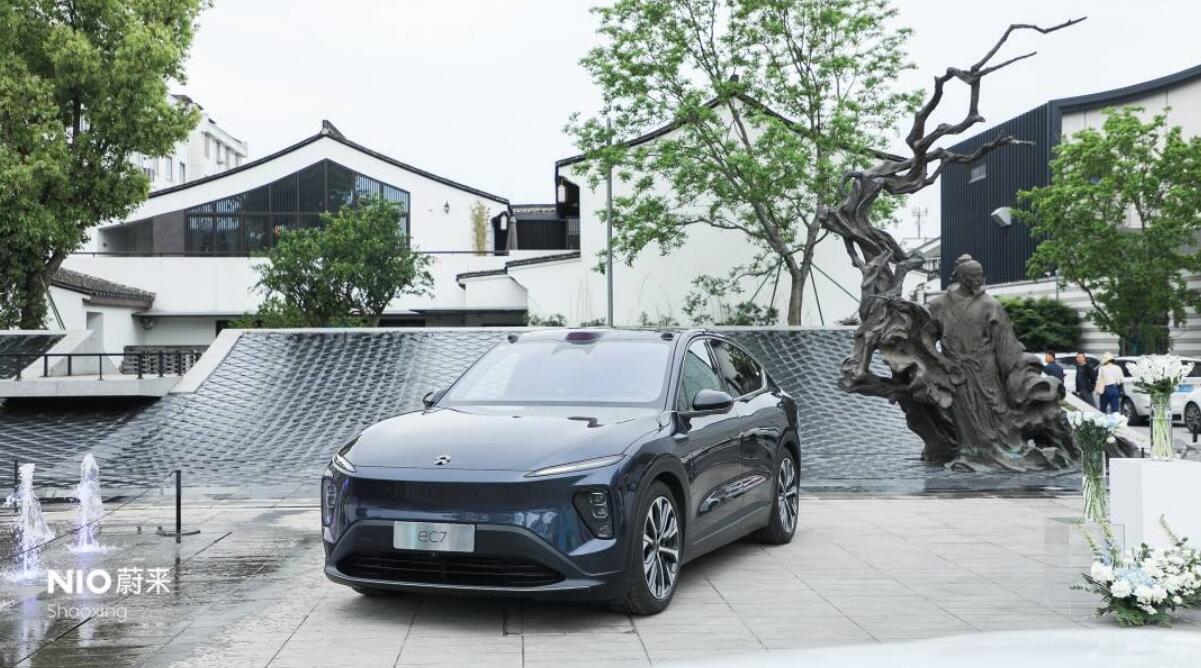NIO aims to grab market share from Volkswagen by introducing a model priced below 30,000 euros to the European market, a German magazine quoted William Li as saying.

(Image credit: CnEVPost)
NIO (NYSE: NIO) aims to grab market share from Volkswagen by introducing a model to Europe priced under 30,000 euros ($33,060), according to a Reuters report today.
William Li, the founder, chairman and CEO of the Chinese electric vehicle company, told German magazine Der Spiegel about the plan, according to the report.
"Yes, in terms of price that means we are also attacking Volkswagen more strongly than before," Der Spiegel quoted Li as saying, without providing further details.
Li has previously said on several occasions that NIO is creating two sub-brands codenamed ALPS and Firefly to target the broader mass market.
On January 26, NIO co-founder and president Qin Lihong said at a face-to-face communication with owners that NIO is preparing models for a sub-brand codenamed ALPS, with deliveries expected to begin within 2024.
The Firefly project is also in the planning stage and will be delivered first to European consumers, Qin said.
A smaller model of NIO is in development and will debut in Europe and is expected to be available in the third quarter of 2024, according to Qin.
A source told CnEVPost on January 31 that NIO's F4 plant for the Firefly project will be located in Chuzhou, Anhui province, while the F3 plant for the ALPS project will continue to be located in Hefei, which is home to two current NIO plants.
The F4 plant will also assemble vehicles for the Firefly project and produce some parts, the source said, adding that the brand will initially produce vehicles mainly for export to Europe, with production scheduled for the third quarter of 2024.
The Chuzhou plant will produce small cars priced at around 100,000 yuan (15,000), the source said.
The F3 plant, which will remain located in NeoPark, will mainly produce models under the mid- to high-end sub-brand internally codenamed ALPS, targeting a market with prices ranging from RMB 150,000 to RMB 300,000, according to the source.
On February 21, local media Cailian reported, citing sources familiar with the matter, that NIO's fourth vehicle assembly plant will be located in Chuzhou, Anhui province, and will produce models of the Firefly.
The Firefly model will first be sold in Europe, targeting the Volkswagen POLO market, Cailian said, citing the source, adding that, like NIO's other products, they will support battery swap.
Compared to the main NIO brand and the ALPS program, the Firefly models will have weaker smart driving features, but they will still have a significant smart advantage over the European carmaker's offerings, the source said.
NIO is currently switching models based on the NT 1.0 platform to the NT 2.0 platform, while the ALPS project, which targets a price tag of around RMB 200,000, will be based on the NT 3.0 platform, a Yicai report said on February 21.
The main NIO brand's models are too large for European consumers, and the Firefly project's smaller models will be more popular with European consumers, Yicai said, citing an unnamed NEV company executive.
The post NIO plans to launch EV priced below 30,000 euros in Europe, report says appeared first on CnEVPost.
For more articles, please visit CnEVPost.




















